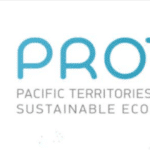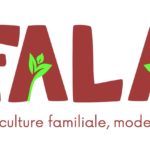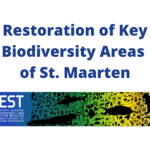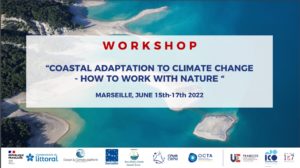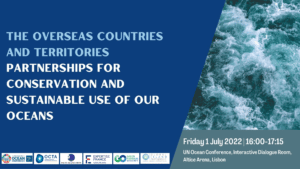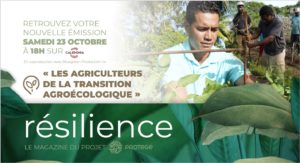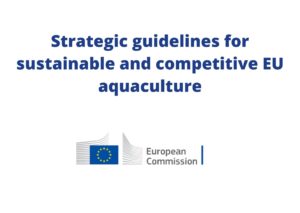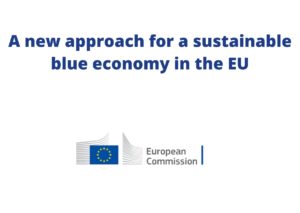Biodiversity in the OCTs
All OCTs are characterised by an exceedingly rich biodiversity. These insular and isolated countries and territories constitute privileged locations for the development of endemic species, whether animal or vegetable and terrestrial or maritime. The OCTs are thus of major importance for world biodiversity. The OCTs’ biodiversity potential is already recognised at international level, through the development of scientific projects to gain a better understanding of ecosystems, the way they interact and their importance for the worldwide environmental balance.
OCTs host a wide range of landscapes and habitats – forests, mangroves, wetlands, shrubs and grasslands, corals, sea grass and polar environments are all to be found in the OCTs. Their geographical dispersion, insularity and remoteness promotes a huge biodiversity and a strong level of endemism. It is often stated that the OCTs have more endemic flora and fauna species than whole of continental Europe.
Habitats in the OCTs
Sustainable development and green growth are complex and interrelated processes that draw on the complexity of environment system. To list just a few of the numerous types of habitats and species that exist in the OCTs:
Coral reefs are crucial and very productive coastal resources in the tropical OCTs. Coral reefs occur along most shallow, tropical coastlines, where the water is clear and warm, and the salinity is constant. Coral reefs are formed from calcium carbonate skeletons secreted by small organisms, and are the basis of many coastal fisheries. Corals provide food, shelter and nursery areas for many fishes and crustaceans. Reefs also protect coastal areas from storms and erosion by forming natural breakwaters.
Large seagrass meadows usually occur in the protected waters landward of coral reefs. Seagrass beds are productive environments. Grazers, such as green turtles, fishes, and sea urchins feed directly on the grasses. Seagrass blades provide surfaces for algae and invertebrates to attach on. Seagrass beds also serve as nurseries for many commercially important species. Seagrasses help keep the water clear. The blades of the grasses act as baffles, inducing the settling of sediment particles, while the rhizome and root system stabilize the bottom, preventing the re-suspension of sediments. Clear water is an important requirement for the maintenance of healthy coral reefs.
Mangroves are found along the coasts of tropical and subtropical regions. They are trees which can tolerate having their roots submerged in salt water. Their roots provide a surface of attachment for marine organisms in a muddy environment where hard surfaces are in short supply. Mangroves also trap and bind sediments and filter land based nutrients, promoting water clarity. Mangroves also serve as nursery grounds for the juveniles of many commercially important fisheries species, while also providing habitat for a variety of small fishes, crabs and birds. Mangroves protect coasts against erosion by breaking storm waves and dampening tidal currents.
Estuaries, wetlands, watersheds and Salinas are part of coastal areas of the Wider Caribbean, near major watersheds often contain large lagoons of fresh or brackish water. Estuaries, coastal lagoons, and other inshore marine waters are very fertile and productive ecosystems. They serve as important sources of organic material and nutrients, and also provide feeding, nesting and nursery areas for various birds and fishes. These ecosystems act as sinks of terrestrial run-off, trapping sediments and toxins, which may damage the fragile coral reefs.
Salinas are found on many dry Caribbean islands. They are shallow ponds and lakes with limited water circulation and tidal contact. Traditionally, salinas have been used as salt evaporators, but more modern uses include mariculture operations and marina constructions. They function as sediment traps, protecting coral reefs from excessive sediment loading.
Forests – Many of the territories have dry forests, although they do not occur at extreme latitudes or on some lowlying atolls. Sustainably managed forests also have social and economic value: they supply timber for construction, fuel, export and permit hunting.
Beaches serve as a buffer zone between the land and the water. They are dynamic environments, constantly changing as a result of natural processes, including storms, hurricanes, tidal changes, and sea level rise. The beach also provides habitat for burrowing species, such as crabs, clams, and other invertebrates.




